Skip to Content
- Home
- About
- Services
-
Top Asked
- Change OnePass Password
- Forgot Password
- Enrol in Duo 2FA for new users
- Transfer Duo 2FA to my new phone
- Collect New Staff Account
- Collect New Student Account
- Microsoft Copilot for the Web
- Define Email Address (via Campus Network or CUHK VPN)
- Manage Project / Other Account(s) (via Campus Network or CUHK VPN)
-
News
- Phishing Alert: Response for you’re doing
- Phishing Alert: [Name] Executive Officer
- [Action Needed] CUHK1x Wi-Fi Certificate Update on 19 Dec 2025
- Elevate Your Cybersecurity Knowledge with IS Awareness Program
- CUHK Login Service Maintenance on 29 Dec (7:00 PM – 8:00 PM) with a 5-min Outage
-
Contact
 ITSC Tech Buddy
ITSC Tech Buddy
 Knowledge Base
Knowledge Base
 Online Service Desk (Staff / Student / Guest)
Online Service Desk (Staff / Student / Guest)
 Service Desk on Campus
Service Desk on Campus
 (+852) 39438845
(+852) 39438845
 User Trainings
User Trainings
